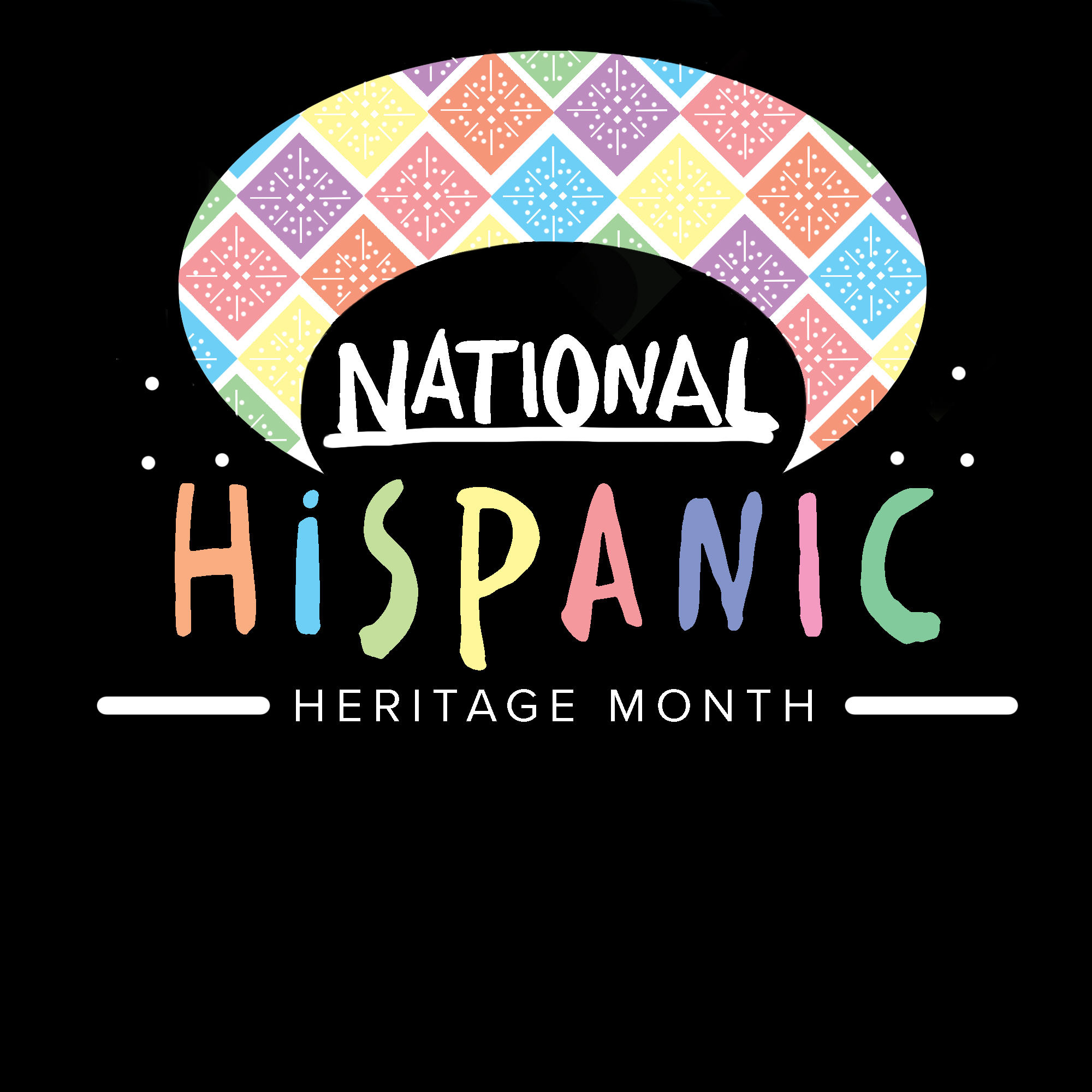Illustration by Nova-Blanco Rico.
By Yeymy Garcia, Production Manager
Like most events or celebrations taking place during the pandemic, Hispanic Heritage Month has lost a bit of luster this year. With no places where large groups can congregate, the sense of solidarity and shared celebration of being part of a diverse community makes it hard to feel a part of it.
However, for Hispanic/Latinx students at California State University, Dominguez Hills, this is already the norm. If you look at the events on ToroLink, it’s easy to see the lack of Hispanic Heritage Month (which runs Sept.15-Oct.15) celebrations. Sure, with school being virtual it’s difficult to organize such events, but even if we weren’t in a pandemic, students still wouldn’t be able to celebrate as the only event CSUDH hosts for Hispanic students is Dia de Los Muertos every November.
Hispanic/Latinx students are rarely recognized or heard as one collective group. But, hopefully, that is about to change.
Last semester, The Bulletin covered the development of the affinity center for Latinx students (here, here, and here) organized by the student-led group, El Comite, to address the lack of representation for Hispanic/Latinx students.
“I saw an article ranking CSUDH as the university with the highest number of students of color, but if that’s not being represented physically on campus…then clearly it’s a problem,” michelle roldan morales, El Comité member and sociology, and Chicano/a studies major, told The Bulletin last semester. “We’re being used as statistics and faces on pamphlets as opposed to actually getting something done on campus.”
El Comité argued that the campus is made up of more than 60% Hispanic/Latinx students and other CSU campuses such as Cal State Los Angeles, Cal State Long Beach, and Cal State Fullerton have smaller percentages of Latinx students, and yet they have spaces dedicated to Latinx concerns.
“We don’t want to be a photo-op,” Janneth Najera, El Comité member and Chicano/a studies major, told The Bulletin last semester. “I want to walk into the Welch Hall building and talk to an administration that feels, looks, and understands who I am as a brown, queer Latina. There needs to be that sense that we belong here and that people with power are speaking our language and are passing on our voice.”
Vice President of Student Affairs William Franklin, approved a Latinx center for this semester after El Comité presented its proposal in March but those plans were delayed due to the campus closing. Matthew Smith, interim associate vice president of Student Life, said in an ASI meeting Sept. 25 that the process is underway to both hire a Latinx Center director and to find a physical space to repurpose for the center.
But why has it taken CSUDH this long to open a Hispanic/Latinx center? CSUDH was meant to help minority groups after the Watts Rebellion in 1965. Then California Gov. Pat Brown switched the location of a new California State College from Palos Verdes to its present location in large part to provide underserved people neighboring urban neighborhoods with access to a college education.
However, it’s 2020 and CSUDH has yet to provide adequate and inclusive spaces for Black and Hispanic/Latino students. The small Rose Black Resource Center located in a tiny corner in Loker Student Union is not enough, and Hispanic/Latinx students don’t have a center at all.
The California State University Enrollment Dashboard records student enrollment from 2000-2019. In 2000, Hispanic/Latino students made up 29% of the CSUDH population.
That number inched up to 34% by 2008 but then began skyrocketing. Within four years, there were twice as many Hispanic/Latinx students as any other ethnicity, and by 2013 they comprised half the student body.
But those exploding numbers have not translated into more Latinx representation in terms of professors, staff, events, clubs and physical spaces.
Issamar Ochoa, president of the MEChA (Movimiento Estudiantil Chicano de Aztlán), a senior majoring in Chicano/a Studies, said she did not feel represented when she first started at CSUDH.
“During my first few semesters at DH I felt out of place, hardly saw any professors that looked like me [in my GE classes],” Ochoa said. “It wasn’t until I started taking CHS classes that I was able to see representation of black/brown professors.”
MEChA is one of the few Hispanic/Latinx clubs on campus currently active. Others are on ToroLink such as Espíritu de Nuestro Futuro: Immigrant Student Alliance, Hermanas Unidas, and Latino Student Business Association, but they do not have upcoming events listed on Torolink and no consistently active social media.
Ochoa says the problem is that clubs and events are not advertised enough and students don’t know how to look for them.
This will be much harder now that CSUDH is virtual. Without on-campus club fairs, how will students know what clubs are active? How will the new Hispanic/Latinx incoming-freshman, who are already struggling to adjust to college life especially if they’re first generation students, feel at home and find the motivation to stay in school?
Ochoa says the lack of promotion means that many Hispanic/Latinx students are largely unaware of any existing programs, events and clubs. That lack of awareness creates the perception that there is a lack of demand, and those programs are not expanded. But if students don’t know about them, how can they ask for more?
That is why many feel that it is well past time to have one central place where students could go, surrounded by staff and students who understand them, and will help them find the resources they’re looking for.
“[A Latinx center] is something that I wish was at DH when I arrived but I’m glad that it will be here soon,” Ochoa said. “Better late than never.”

